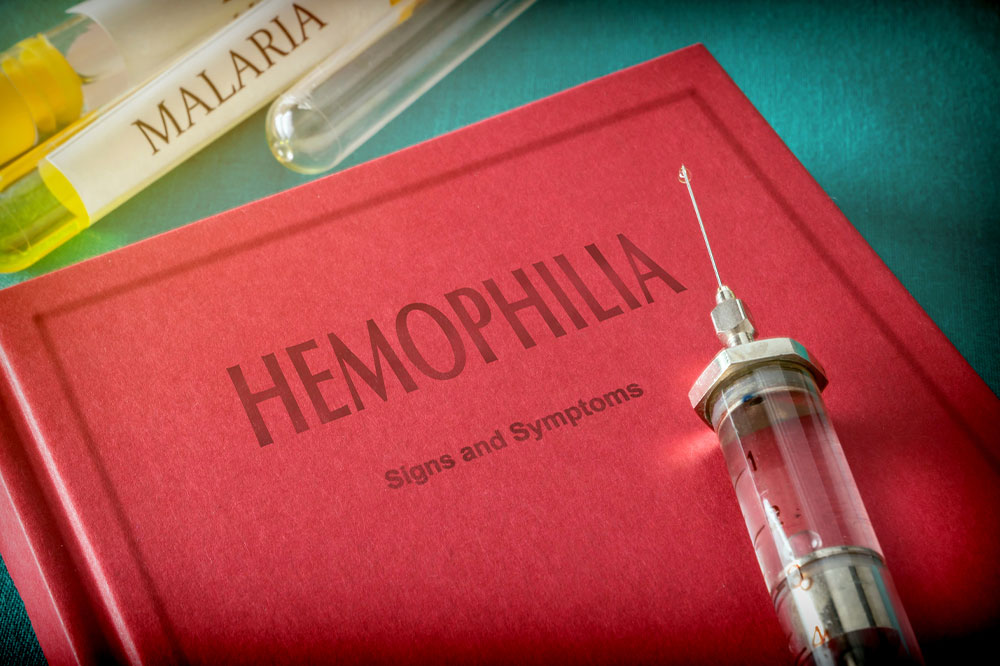
Hemophilia – Symptoms and Treatment Options
A rare blood disorder, hemophilia occurs because of the reduced ability of blood to clot. It prevents blood from clotting normally. People who have this disorder tend to bleed a lot, even in case of a small injury. When there is a serious dearth of the clotting protein, the body might undergo internal bleeding, especially in the ankles, knees, and elbows. It can be dangerous for other tissues and organs, too; it can even prove fatal.
The symptoms of hemophilia and its treatment options are interlinked. Depending on the symptoms, the course of treatment is decided upon.
Symptoms
The symptoms that you experience depend on the degree of insufficiency of the clotting protein. Here are some common symptoms of the condition:
- Excessive or unexplained bleeding during injuries and cuts and dental work, and after surgery
- Several deep or large bruises
- Swelling, pain, or tightness experienced in the joints
- Excessive bleeding after being vaccinated
- Presence of blood in stool or urine
- A bleeding nose
- Unexplained irritability (especially in children)
- Bleeding in the brain
At times, a minor bump on your head might lead to uncontrolled bleeding inside the brain. It is a serious complication and occurs rarely. Some symptoms for this condition include:
- Repeated vomiting
- Double vision
- Lethargy
- Sleepiness
- Prolonged or painful headache
- Seizures
- Convulsions
- Weakness
Treatment
Different clotting proteins are associated with different types of hemophilia. So, the primary treatment for the serious cases of the disorder would demand a replacement therapy. In this, the protein factor, which is insufficient in the body, is injected a vein. This therapy might also be used to stop the bleeding, which is in progress. Those with advanced hemophilia might be advised to administer the protein at regular intervals to prevent further episodes of bleeding. Here are a few more ways to treat hemophilia:
- Desmopressin
This is injected into the body through a vein or given with a nasal spray. The hormone triggers the body to increase the release of clotting protein. This treatment method is used on people with mild cases of hemophilia.
- Physical therapy
The therapy helps ease the symptoms and is used when the joints are damaged because of internal bleeding. However, if the damage is severe, surgery would be recommended . - Vaccines
People with hemophilia must get themselves vaccinated for hepatitis B and hepatitis B, as they are more at risk of developing the said infections.
- Fibrin sealants
A fibrin sealant is applied to the wound to accelerate healing and clotting. - First aid for minor cuts
If you experience a minor cut, then you must immediately cover it with a bandage to stop the bleeding. You can even use ice packs to prevent or reduce swelling.



